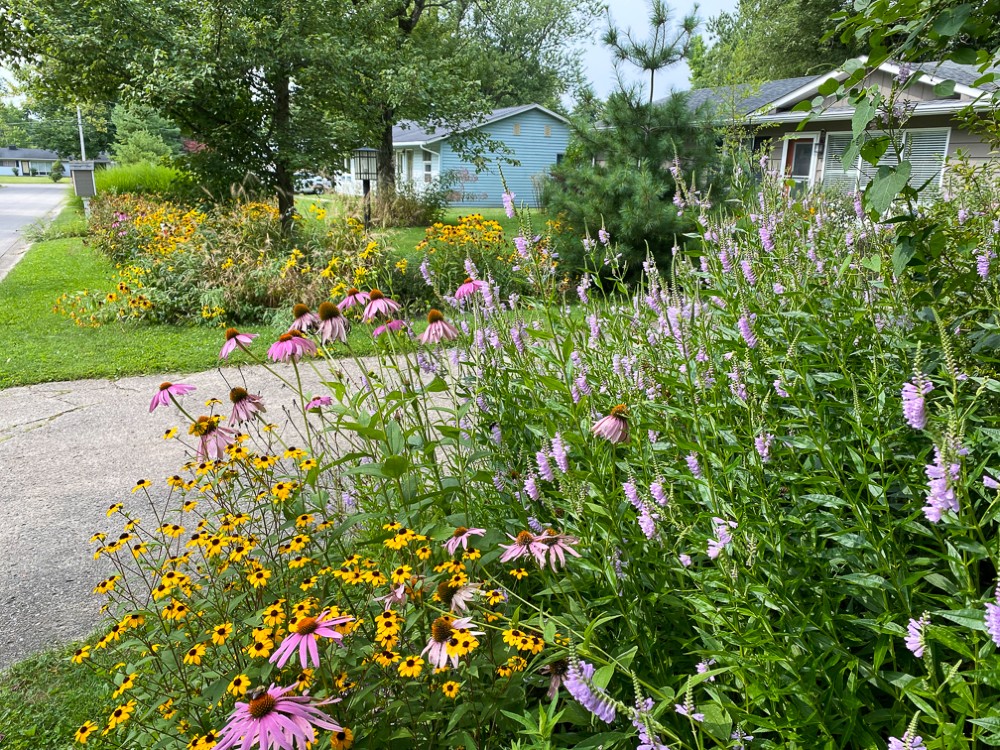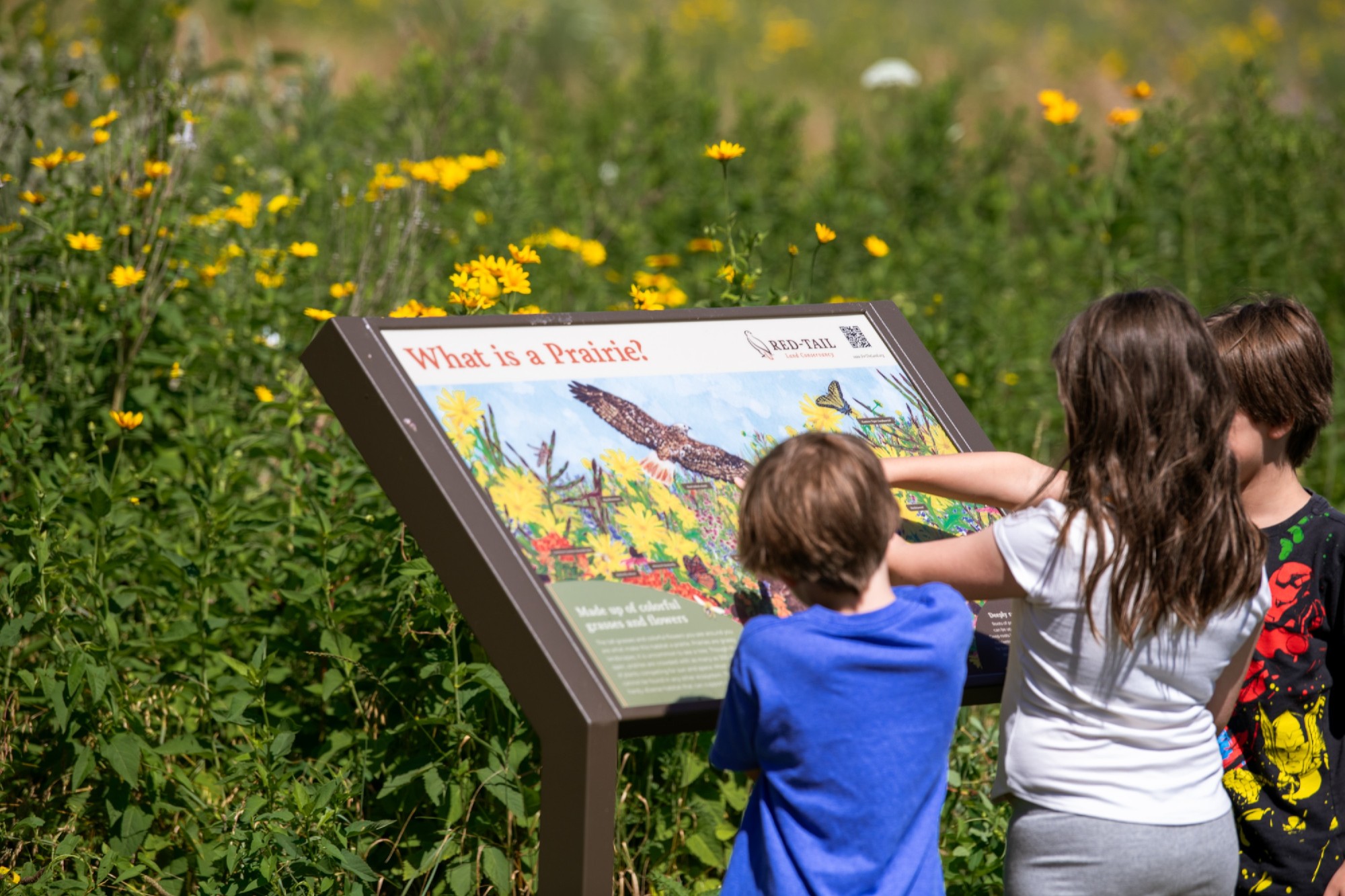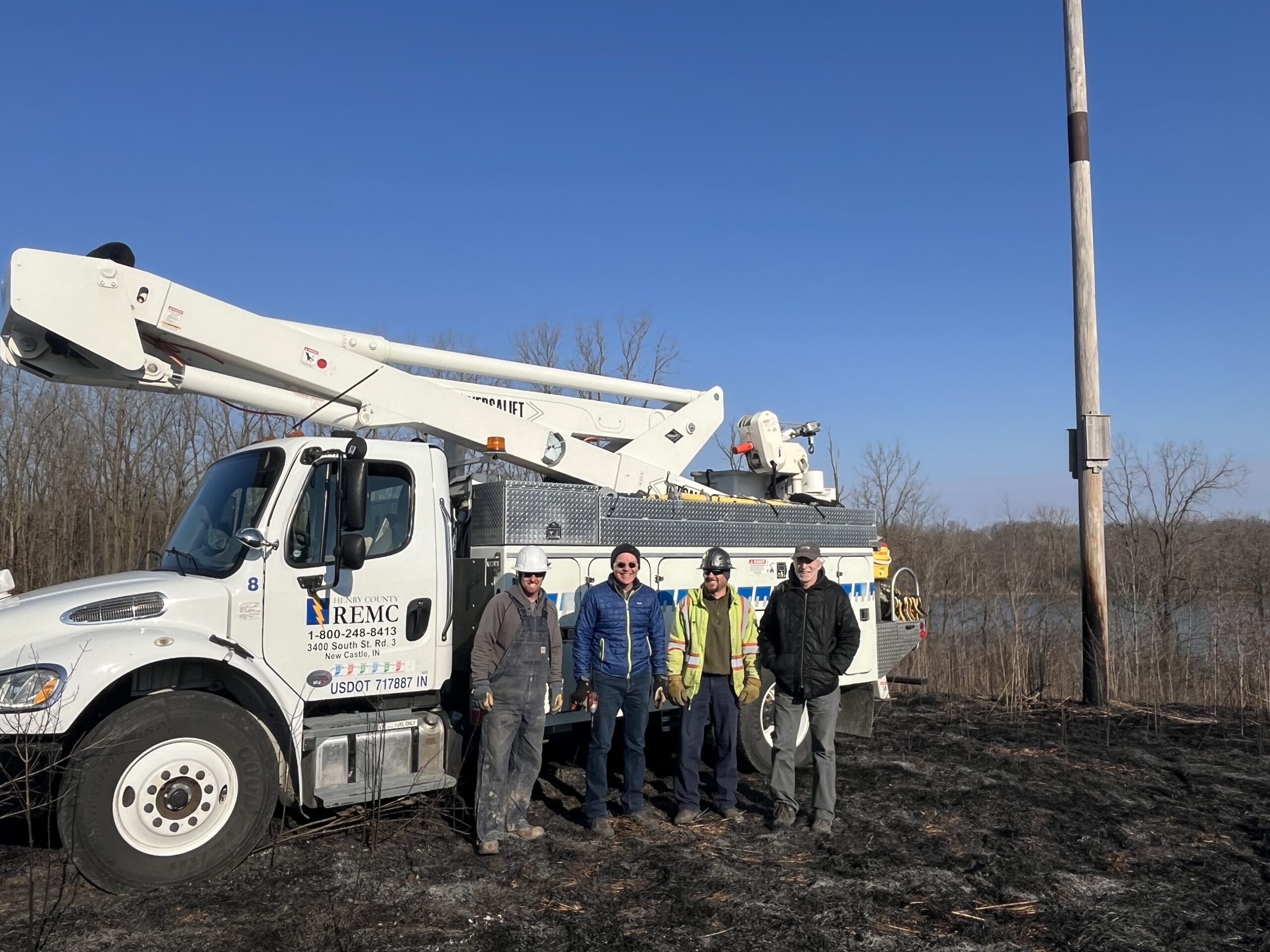 NEW CASTLE, Ind., Feb 27, 2023 – In January, after 40 years of care, The Nature Conservancy transferred ownership of Salamander Swale, a wetland nature preserve in Henry County, to Red-tail Land Conservancy, their trusted conservation partner in east central Indiana.
NEW CASTLE, Ind., Feb 27, 2023 – In January, after 40 years of care, The Nature Conservancy transferred ownership of Salamander Swale, a wetland nature preserve in Henry County, to Red-tail Land Conservancy, their trusted conservation partner in east central Indiana.
At 5 acres, Salamander Swale is a small nature preserve. Despite its size, it has higher biodiversity than much larger nature preserves because it is relatively undisturbed by agriculture and urban development. This includes more than twenty different types of trees, like black walnut, tulip, oak, and beech, and a dense layer of forest floor plants like wild ginger and spring wildflowers. Some plants only grow in the rich wet soils of wetlands. With the increasing rate of wetland draining, plants found in Salamander Swale are increasingly rare and include a state-endangered species.
The healthy ecosystem of Salamander Swale makes it home to many species of its namesake. Seven species of salamanders have been observed, including the four-toed salamander which is classified as a Species of Concern in Indiana. These sensitive animals thrive in the nature preserve’s swale, the wet marshy area between the two hillsides.
Jake Gamble, Red-tail’s Stewardship Manager said, “Wetlands are truly vital for preservation and greatly benefit both nature and people. Wetlands filter surface and groundwater, prevent flooding, and harbor impressive biodiversity. They also host threatened or endangered plants and animals.”
Salamander Swale has a long history before Red-tail became involved. In the 1980s, a small group of Ball State University science professors would visit the wetland for research. They understood the critical functions of this wetland and raised support for its protection. The Nature Conservancy purchased it from Max and Cheryl Buell in 1982 and protected it for four decades before they transferred ownership and management responsibilities to Red-tail in January.
Julie Borgmann, Red-tail’s Executive Director said, “This special preserve is an example of grassroots conservation. Local people who cared took action to protect nature in their community. We are honored to receive this gift from The Nature Conservancy and the responsibility to protect it forever.”
Red-tail will continue ecological restoration efforts by removing invasive weeds and closely monitoring the nature preserve and its biodiverse plants and wildlife. Ongoing studies from biologists about the health of wetland systems will add to important research for best practices that will help conservation organizations.
“With climate change models predicting hotter and dryer summers, some of the most at-risk habitats in Indiana include wetlands and upland woods, both of which are found at this preserve,” said Gamble. “The protection and stewardship of these threatened habitats is critically important. Salamander Swale is a showcase of Indiana’s unique natural heritage.”
To learn more about wetlands under Red-tail’s protection in east central Indiana and see current conservation projects, people are encouraged to visit Red-tail’s website www.fortheland.org.



